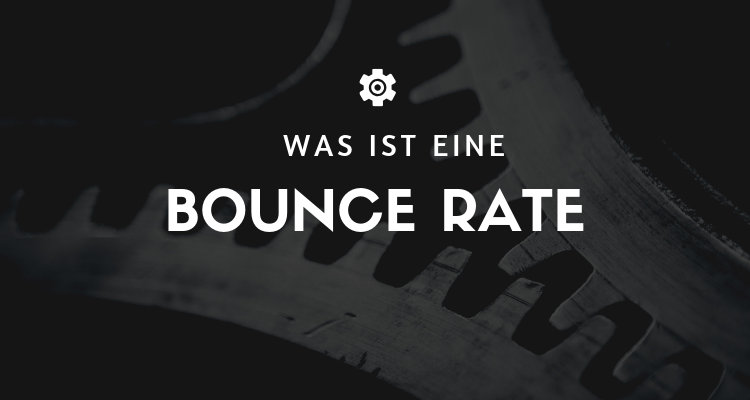The tool Google Analytics can be confusing to the untrained eye, but most of it is very simple if you have the overview of the terminology and data available. One of the most common stumbling blocks is understanding what bounce rate (or bounce rate) actually means, as defined in Google Analytics is widespread.
What is a bounce rate?
The bounce rate is calculated from the bounces that a page receives. That is, the part of the visitors who, after calling your website, leave it again directly.
To the , the bounce rate is calculated simply from the number of times the website is accessed for each page, rather than people visiting that page having already viewed a page of your website within the same visit. If a visitor has already viewed another page of your website before leaving, it will be returned to the Exit rate and not to the Bounce-Rate credited.
So if 100 people enter this website on this page and 40 click on another page, while the rest leave your website, the bounce rate is 60%.
What is a healthy bounce rate?
So now you know what a bounce rate is, how do you know if yours is good or if more people are bouncing than it should be?
For example, bounce rates differ depending on the content of the page:
- A One pager website, which has no links to other pages or no subpages, would have a 100% bounce rate, since every visitor would have to leave it as soon as they entered the page.
- Blog posts usually have a High bounce rate, since the entire article is on one page and many visitors who enter the site only want to read this article.
- Product pages on online stores tend to have a low bounce rate, as users browse different products and actively look around the site.
Depending on your website and your industry, a average bounce rate usually at 40% - 50%, above 50% is considered high and below 40% is very good. However, as with all data, it is always important to look at other contributing factors and parallel data to make sure you get the full picture and the best out of the statistics.
Why bounce rate is important for you
Now that you know what bounce rate is and how to analyze it, you may be wondering why it's good to understand it and how this can benefit you. Here are five quick benefits you can get from understanding your website's bounce rate:
- Improve content on pages with high bounce rate
- Identify if there is a need for a redesign.
- Check what kind of pages users like best on the site and create similar posts.
- Check if a particular marketing source (e.g. PPC) is delivering an excessive bounce rate and adjust your marketing accordingly.
- Check whether the organic keywords that are Traffic are the right ones for your website or whether you are looking for keywords whose Search Intention Do not fulfill them.






 By
By 